To fold, or to bend? That is the question.
Among the more intriguing technological achievements that was seen in 2019, is the creation of foldable and curved screens. This accomplishment, no doubt a masterpiece of engineering, has rekindled a flame for a technology that was for a long time flat, brittle, and rather simple. Amongst the enthusiasm, it had also sparked debate, over which screen technology reigns supreme for times to come - to fold, or to bend - that is the question.

For the curious, there are differences in meaning between bend, and fold, as described by WikiDiff;
As verbs the difference between bend and fold is that bend is to cause (something) to change its shape into a curve, by physical force, chemical action, or any other means while fold is to bend (any thin material, such as paper) over so that it comes in contact with itself or fold can be to confine sheep in a fold.
Since the first smartphones were created just over a decade ago, screen technology has progressively become better in every regard - greater efficiency, sharper resolutions, faster refresh rates, and more vibrant colours. The equal pleasure and fallacy that these new screens have brought to our eyes have not only been confined the restrictions of a mobile phone, but has also evolved unto our computers, television, and elsewhere.
A change now lies awake, and there comes a fascination on where screens may evolve next. So, here are my thoughts on the state of screen technology.
To fold unto oneself.

On one hand, there are strong practical applications for having two flat, separate screens which fold onto each other upon transit, and can be folded apart when required, with a seam in the middle, and fitting within the same dimensions more or less equal to an iPad, or an ultra-book. As a result, this creates a device which affords twice as much capability, while the seam allows for the human eye to better distinguish and understand the individual images projected unto each display.
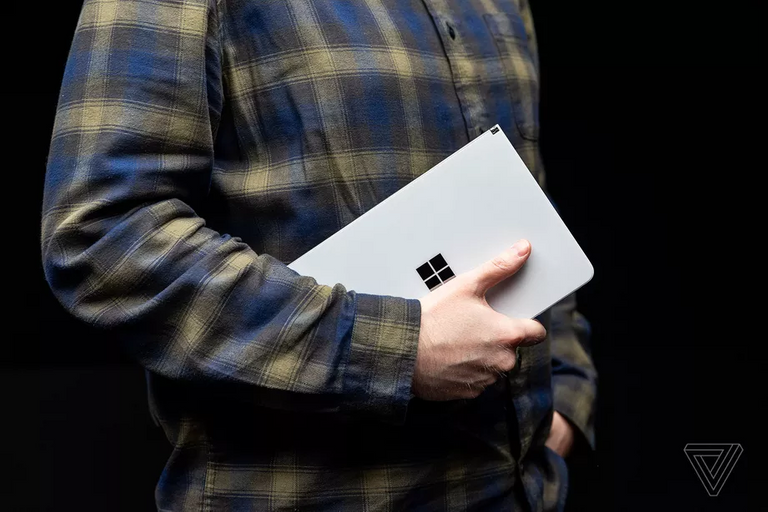
Foldable form factors may be better for productivity, as proven by my high scores on a Nintendo DS, as archaic as it may be in comparison ; where two or more displays, with a natural gap in between, can better help the mental state with perceiving and better accomplishing the tasks being done on each display separately.
In present times, where a person may have multiple monitors on their work desks - to project a source material or web browser on one display, and to then get work done on the other - translates well into a future where we may carry small, pocketable devices on which we can achieve the same productivity rate on a café counter top or on the pantry table of a train, just as well as sitting still and working on a desk.
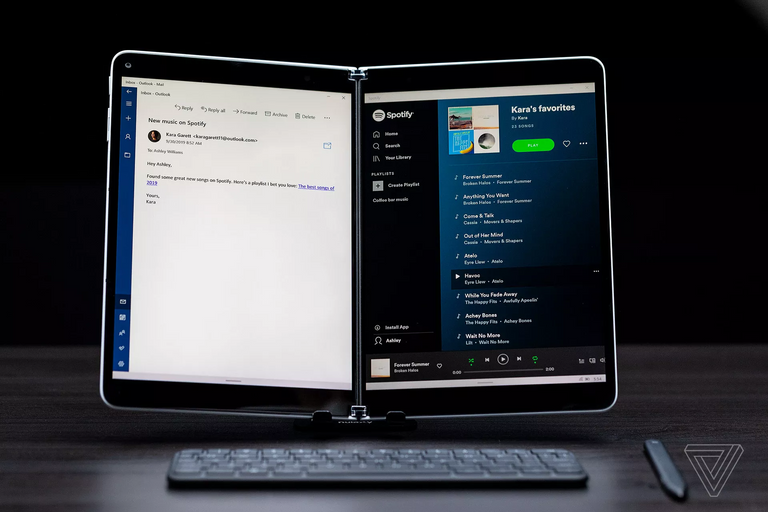
There are also added advantages with using what is essentially evolutionary technology. At its core, foldable devices are merely flat displays next to one another. The engineering difficulty lies within the need to lessen the display bezel gaps, while also designing a hinge which would allow for data and power to transit between each screen; all within the size, width, and depth that is expected of a contemporary device upon the standards of today.
By using familiar screen technology, there are strong benefits in regards to potential long-term reliability, thus preventing any fears of the potential damage that may come with a curved display. So for a larger, more productivity oriented device, such as laptops or tablets - where a user may have an extended workflow and needs to focus on multiple things at once, while also expecting the long-term reliability as with any other laptop or tablet, that is to say between 5-10 years - then a foldable form factor is more suited.
With this mentality in mind, Microsoft, the gold standard for productivity, announced the Surface Neo, and the Surface Duo to add to their reputable line of first-party devices, and are expected to launch in the holiday season of 2020. With either Windows or Android on hand, it will be interesting to see Microsoft approaches this renewed form factor in the future.
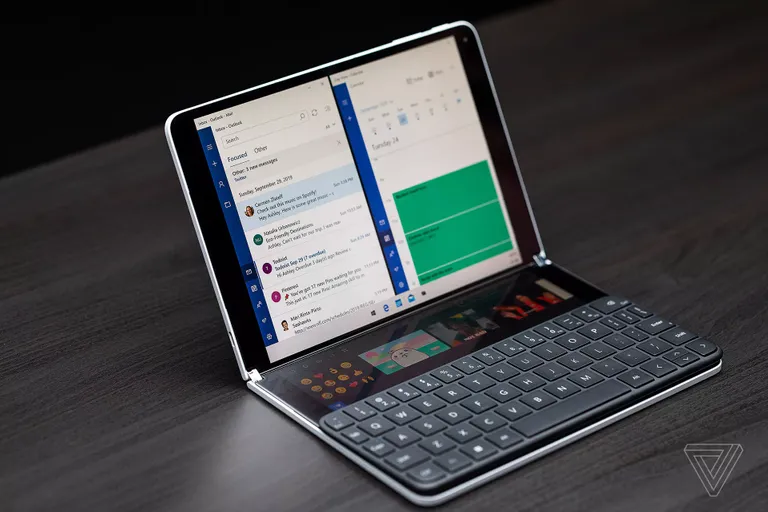
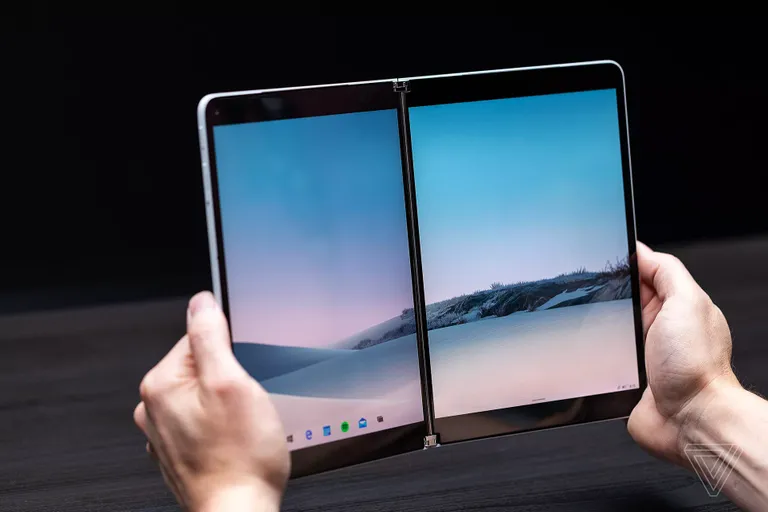
A case of the bends.

On the other hand, there is strong enthusiasm for a revolutionary design in display technology, where you have a large, single screen that may bend and unbend itself organically like a piece of paper, thus removing any gaps in between. As a result, it allows for a device to enlarge itself twofold, or to shrink itself in half, just as a foldable displays would.
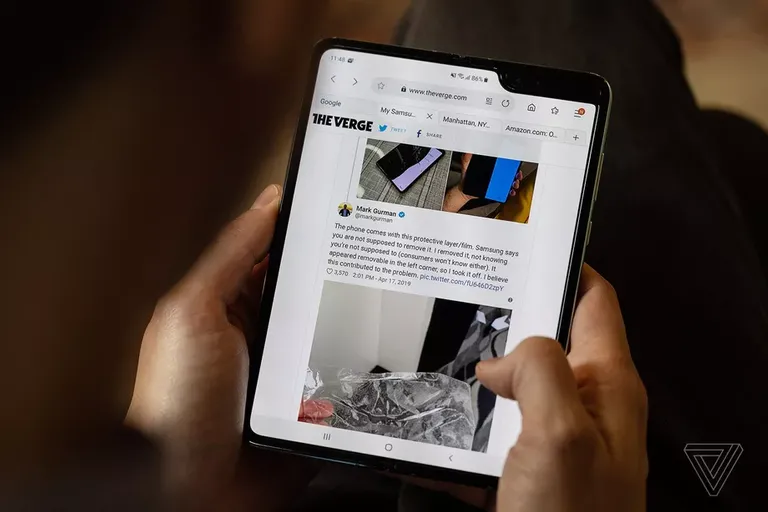
However, the great difference between them is the seamless-ness in the viewing experience, as there is a continuity in the imagery, though creases may be visible upon thorough inspection. That said, bendable screens may prove much more suited for content consumption, where we would want a large screen, but still be able to carry it with us in the real world.
Unlike two, foldable screens, where an a display gap might prove unsightly, a bendable screen preserves the viewing pleasure and quality with what we have become familiar with on most devices today. Using the analogy I used previously, having a bendable screen is akin to having a curved, widescreen monitor, opposed to a multi-monitor setup. It proves to be more fun when playing games, or watching videos.

Nevertheless, with such new technology within our grasp, there are naturally some hurdles to jump through, mostly in terms of reliability. Engineering something that can withstand being bent to acute angles, where it may traditionally break, can prove challenging. By looking deeper into this issue, it also forces us to take a deeper look into how creative manufacturers can be at solving a similar issue.
On Samsung's Galaxy Fold, their hinge design means that it could not close shut, leaving a noticeable vacuum where particulates like dust could get in, leading to the breakages that were well publicised not too long ago. Meanwhile at Motorola, they’ve adopted a complex and intricate hinge design where it can close the display shut, first seen on their 2-in-1 laptops, which may lead to better reliability and with added resistance against dust and water.
With bendable form factors, there is also the question of how it may portray the image to the user. Samsung's Fold opens sideways, creating a more square-like landscape view, while Motorola's Razr opens to show a tall, slender display.
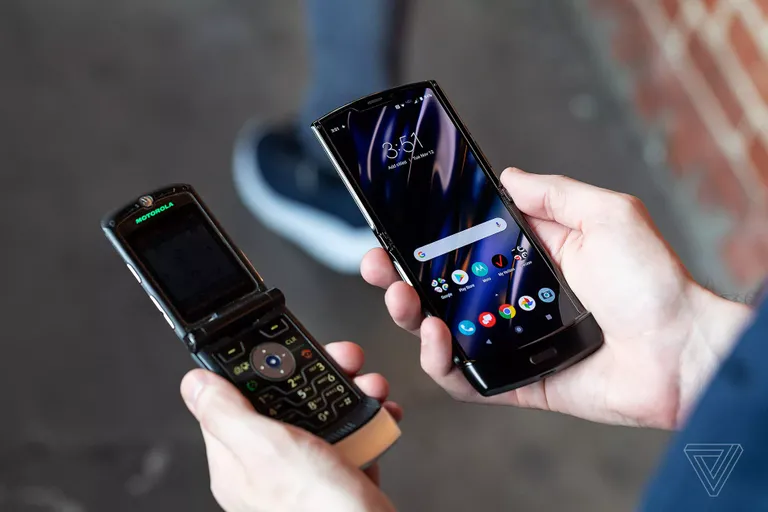
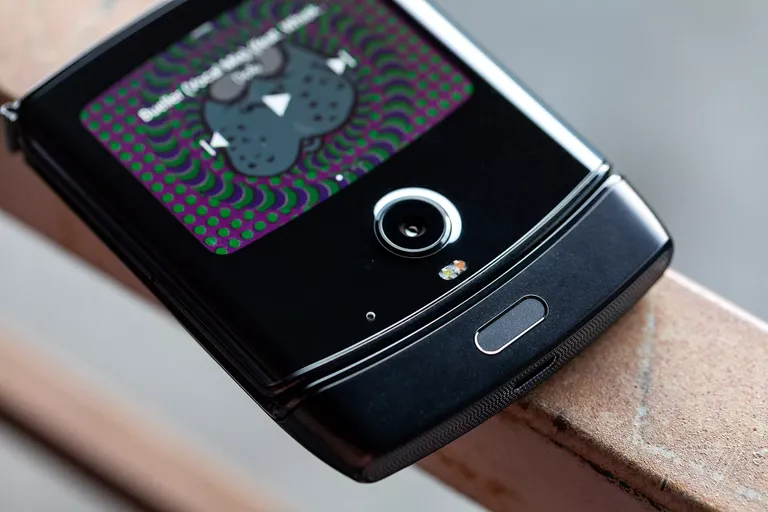
It may just be the nostalgia factor, or it could be the satisfying click and clack when you open or close the phone, but I have come to adore the Razr more, since it seemed as though it comes forth more naturally. Of course, that is a subjective view, and both approaches have their specialties.
Where I think a foldable form factor could benefit in productivity and larger devices, I believe bendable displays are better for smaller devices, such as your smartphone, where a user would want to focus and enjoy with a single task at a time, and they may not mind having a shorter-than-usual life span.

Credits: The Verge (Galaxy), (Razr)
Final thoughts.
With the start of a new year, and a new decade upon us, these are exciting times to be alive, as we see new technology meld itself into the fabrics of our world. Techies, like yours truly, have long intrigued ourselves with experiencing new changes.
The era of mobile devices are now coming to a crossroads, where improved efficacy, changing trends, and evolved programming are blurring the lines between your smartphone, tablet, and computer. The display of any computer becomes a key interaction as to how we control and perceive new information, and we have come far from the pixelated, 8-bit of yore, to the high-resolution and sharp contrast that we have today.
How we move on next is a great conundrum, and one we'll see solved sooner rather than later. When it comes down to it, which path will you choose, to fold, or to bend?

Credits: GIPHY
To listen to the audio version of this article click on the play image.

Brought to you by @tts. If you find it useful please consider upvoting this reply.
Questo post è stato condiviso e votato all'interno del discord del team curatori di discovery-it.
This post was shared and voted inside the discord by the curators team of discovery-it
Cheers, mate!
:)
:-)
Manually curated by the Qurator Team in partnership with @discovery-blog.
Keep up the good work!
Thank you for the support!
Great description and explanation. I'm still using my Nexus 6P, but I will wait another year before upgrading and see how these new design options mature. Cheers!
And cheers to you, @litguru!
Great to hear that your 6P is holding out well after all these years. At least you don't have to stare at a notch all day, unlike my Nokia :-)
"Foldable" and "Bendable" form factors are still pretty new, and you're right to let it mature before going into making a long-term commitment. I think we'll start to see the design and form factor really taking into its stride sometime around late-2020, or 2021.
P.S. If you're looking for more exposure into the "bendable" and "foldable" form factors, I'll be very sure to include some in my roundup of announcements for CES.
Hi, thanks for the post! I have included a link and a short description in my daily Science and technology digest, and you'll receive a 10% share of that post's rewards.
Thanks, @remlaps-lite!
I appreciate the support, and I hope to read more of your daily curations in the future, as its a pretty great list if I say so myself :-)
It's definitely a very crazy technology but they are so expensive right now! And with 3 screens, that's a whole new level of risk, in case they fall down. At the moment, I'll pass... but purely for economic reasons! 🙃
Yeah, its pretty mad to see how far we've come, and how fast we're moving still! New tech will always be expensive, with dubious dependability, so I'm sure most people like us will stay away, leaving those who want to live on the edge buying out interesting concepts :-)